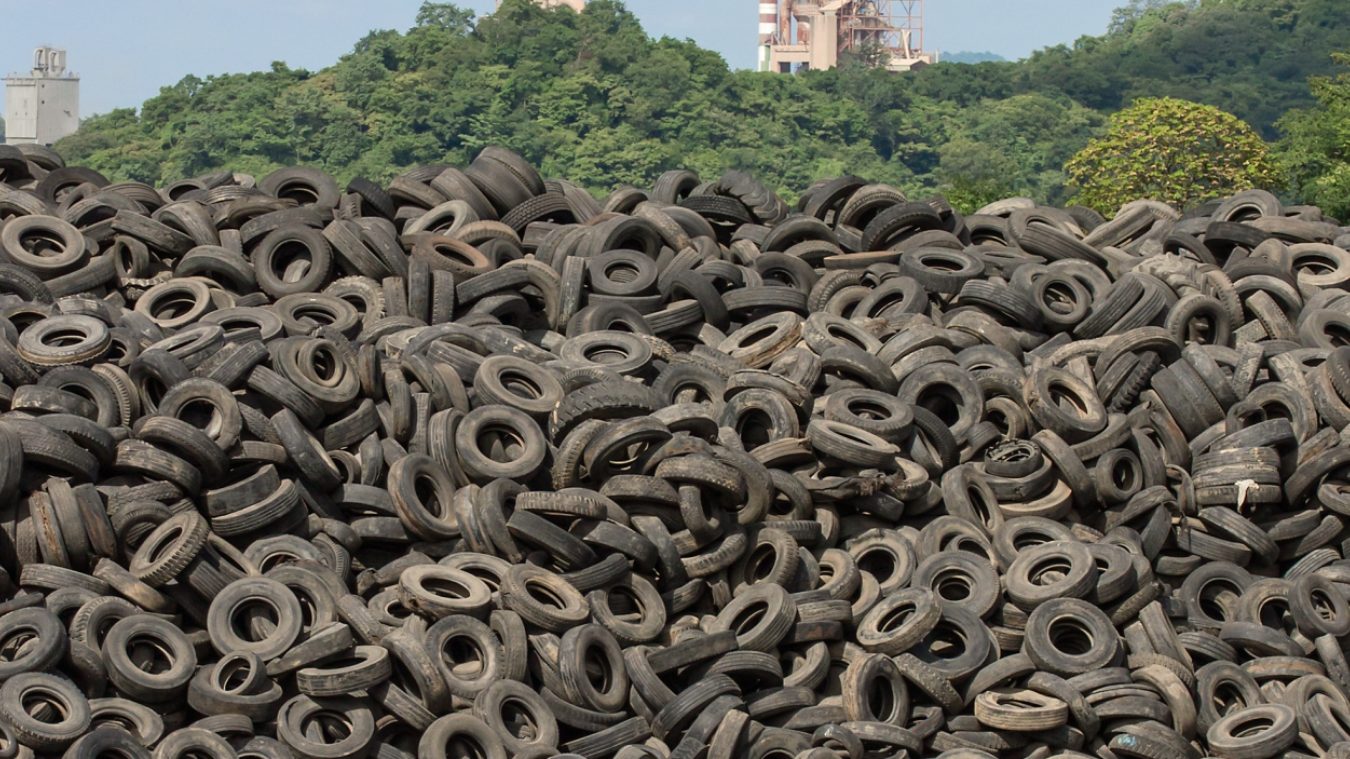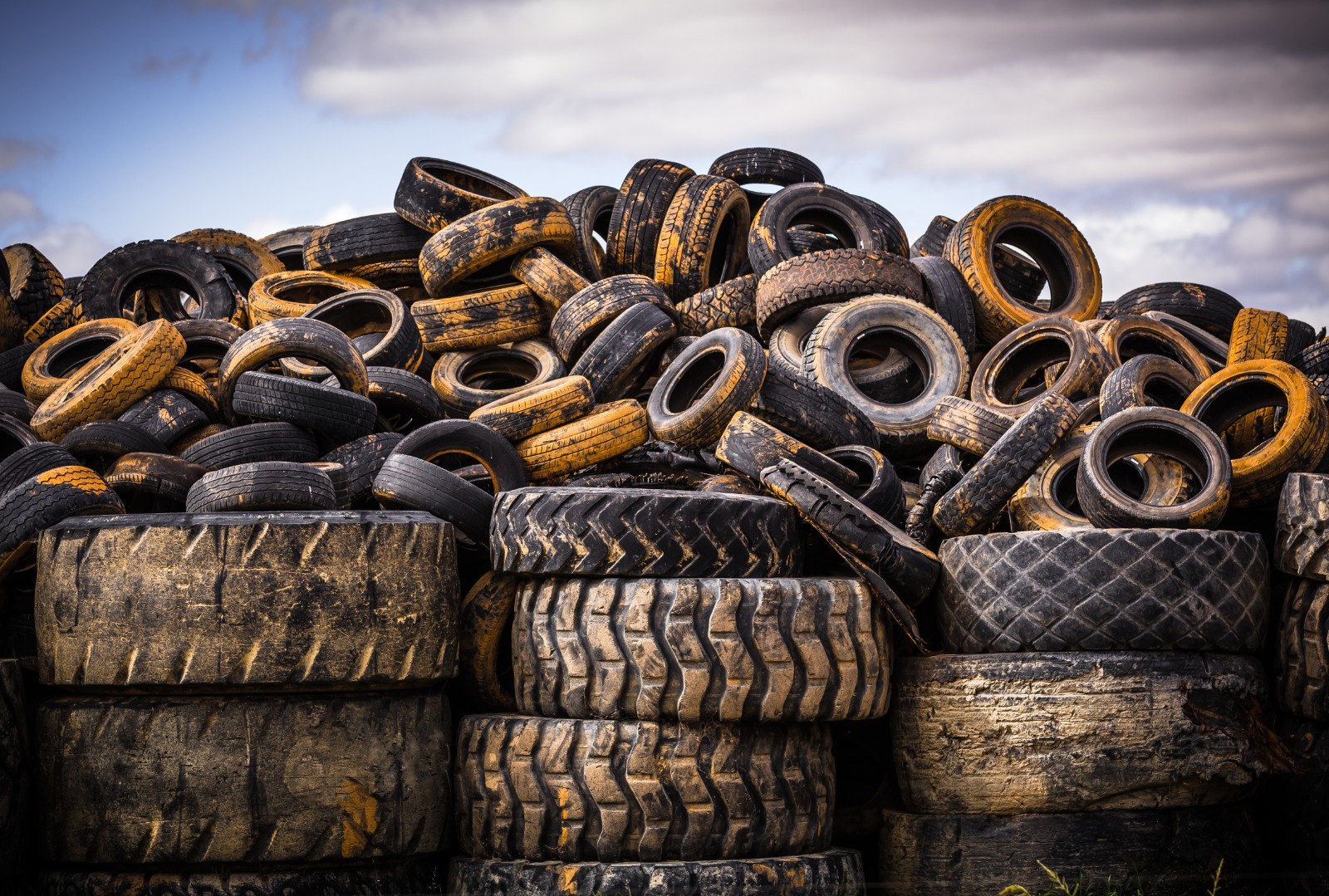As the world grapples with the mounting challenges of waste management and sustainability, Australia’s tyre recycling industry is experiencing a remarkable surge in growth. This growth is driven by a perfect storm of increasing environmental concerns, stringent government regulations, and, most importantly, the economic benefits of recycling waste tyres into valuable resources. Therefore, the tyre recycling industry is undoubtedly poised to play a pivotal role in shaping the country’s sustainable future, as well as boost Australia’s GDP growth through the creation of new industries, jobs, and revenue streams generated from the recycling and reuse of waste tyres. This article sheds light on the current state of tyre recycling in Australia, the growth prospects of the industry, and the various outputs and applications of recycled waste tyres. Let’s understand this in detail!
Scrap Tyre Market Size and Availability in Australia
Australia is among the top 20 countries for vehicles per capita, with over 21 million registered road vehicles and a further 4.7 million caravans, trailers and plant and equipment. Collectively, this means there are more than 100 million tyres on the roads, with the majority ending up in landfills or stockpiled. According to recent estimates, the Australia tyre recycling market generated a revenue of USD 392.2 million in 2024 and is expected to reach USD 518.3 million by 2030. Therefore, tyre recycling business has become a lucrative opportunity for many companies, waste-to-energy businesses and recyclers to capitalize on the vast amounts of waste tyres and convert them into valuable products. The majority of scrap tyres are collected from tyre retailers, automotive repair shops, and local governments, which are then processed and sold to recyclers.Current Baled Tyre Export Policy and Gate Fees/Collection Fees
Australia’s export policy for waste tyres underwent significant changes with the introduction of the Recycling and Waste Reduction Act 2020 and the Export—Waste Tyres Rules 2021. Since December 2021, the export of whole baled tyres has been banned, except for tyres processed into shreds, crumbs, or granules of not more than 150 millimetres. Previously, around 70 per cent of collected and recovered tyres were exported to international markets, primarily for use as tyre-derived fuel, while only 30 per cent were utilized within domestic markets. The new policy aims to reverse this trend, reducing environmental harm and promoting domestic recycling capabilities by encouraging the use of recovered tyres within Australia. By restricting the export of whole tyres, the government seeks to stimulate the growth of the domestic recycling industry, creating new opportunities for businesses and jobs.Understanding the Diverse Outputs of the Tyre Recycling Process
The tyre recycling process yields a variety of valuable outputs, each with diverse applications, including:- TYRE SHREDS: These are produced by primary shredding and are typically 50-300 mm in size. Tyre shreds find applications in civil engineering projects as lightweight fill in embankments, backfill for walls and bridge abutments, subgrade insulation for roads, and in landfill construction for drainage and gas venting systems. They can also be used as a cost-effective alternative to gravel in various applications.
- STEEL FREE CHIPS (Rubber Mulch): Resulting from secondary shredding with the removal of steel, these chips are generally 12-30 mm in size with up to 98% steel-free content. Applications include landscaping mulch, playground surfaces providing a safer impact zone, civil engineering applications, and as a high-value feedstock for tyre-derived fuel (TDF) and raw materials to produce pyrolysis oil.
- RUBBER GRANULE/CRUMB RUBBER: Produced through granulation, these are fine rubber particles ranging from 0.8-4 mm with a high purity (up to 99.9%). Rubber granules are widely used in sports surfaces (athletic tracks, gym flooring & playgrounds), crumb rubber-modified bitumen (CRMB) in road construction, reclaimed rubber sheet and rubber mat, automotive parts and many more.
- STEEL: The steel recovered from tyres, primarily from the bead and reinforcing belts, possesses good bond characteristics and tensile strength. It can be recycled and used in various steel manufacturing processes, including reinforcement in concrete structures and the production of new steel products. Research has shown that steel fibres from recycled tyres can perform comparably to commercially available steel fibres in certain concrete applications.
- TEXTILE: Tyre manufacturers use textile fibres, mainly polyester in modern tyres, to enhance tyre performance. Recovered textile fibres, often referred to as “fluff,” can be used in construction mixes like concrete and stucco as a reinforcing material. Their absorbent properties make them suitable for clean-up materials, and they can also be used as carpet underlay, filling for sound dampening, and as a reinforcing additive in rubber, plastic, and composite materials. Also, liberated textile has a high burning value and contains nylon and rubber powder. So, it can be mixed with other materials to increase their burning value, too. For example, the cement industries use this textile to mix with alternative fuels and lower burning value like wood, cartons, paper and plastic.

